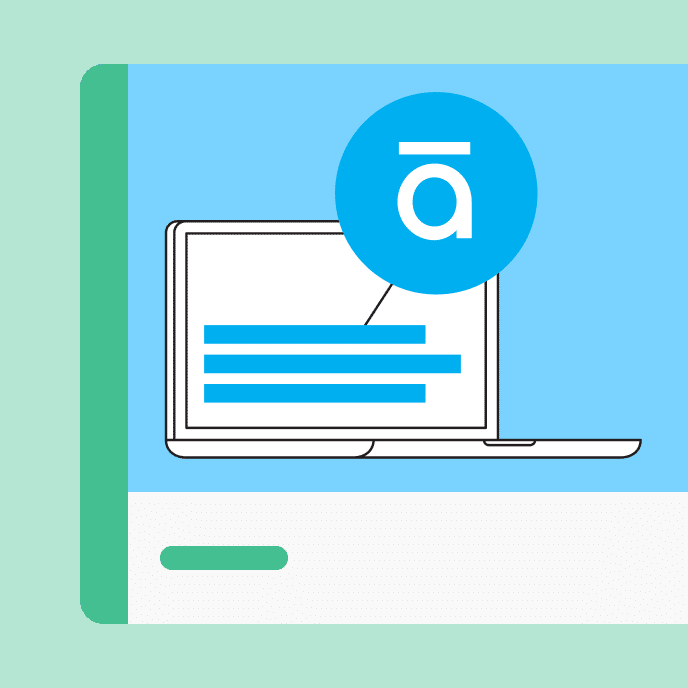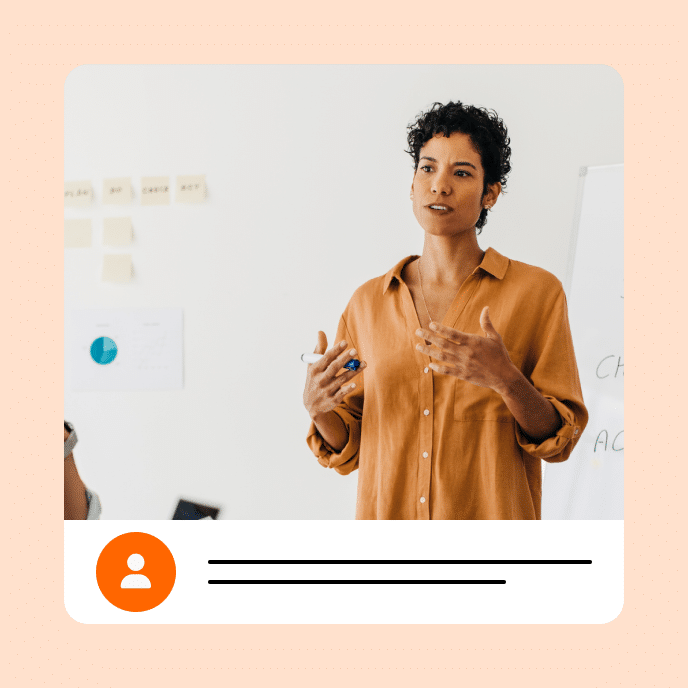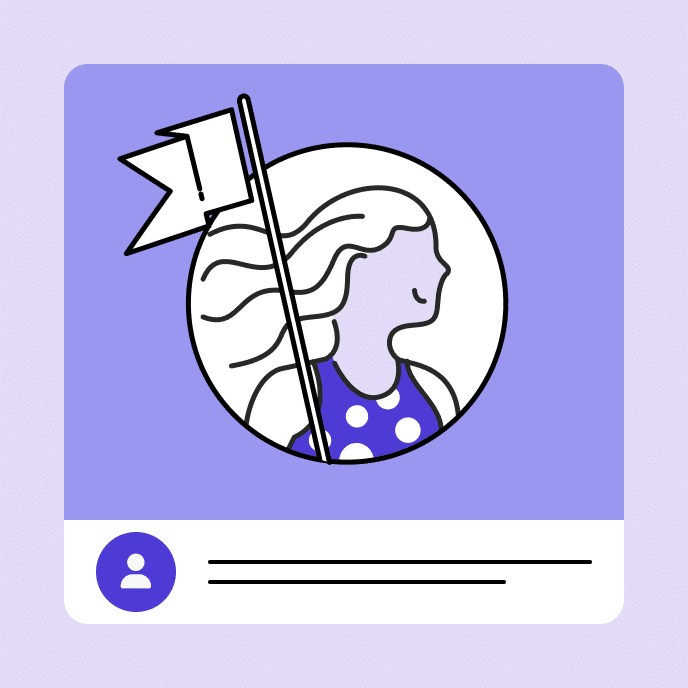Where Does
E-Learning Fit Into Learning
An e-learning course is a tool. Sometimes it’s the only tool and sometimes it’s one of many tools. How the course fits into the learning process is the key.

Warning! Dangerous e-learning ahead
When people talk about effective e-learning it’s usually around meeting performance objectives. Many take the position that any e-learning course that isn’t performance-based is wrong; and inevitably, you run into a lot of lamenting about the dangers of click-and-read e-learning.
First off, is a click-and-read course really “dangerous?”
I think swimming in shark-infested waters is dangerous. Clicking a series of next buttons is not the same level of danger (unless that next button was connected to the 108-minute countdown timer in Lost).
Granted there are some bad e-learning courses, but that’s not because they’re click-and-read. It’s mostly because they’re not designed well. An e-learning course is a tool in the learning process. Sometimes it’s the only tool and sometimes it’s one of many. And how it’s used is of most importance.
E-Learning only
When the e-learning course is the only tool used in the learning process, then it makes sense to ensure that the course contains a more dynamic learning experience and avoids the typical linear, click-and-read structure that only presents content and no activities to support learning.
This is where most of the complaints about bad e-learning originate. The e-learning courses have actionable objectives and thus should contain activities designed to practice and prove competency. However, they don’t. And if the content-heavy e-learning course is the only tool used in the training to meet the performance objective it’s a waste of time and won’t do what it’s supposed to do.
E-learning plus
The other day I was talking to a group of students about some classes they were taking for an e-learning certificate. I asked what they did in the class. Guess what? They had to read a bunch of instructional design books. I yawned and said, “That’s so boring you won’t learn anything.” Books are literal page-turners. They’re old-school click-and-read learning.
Joking aside, a book is almost all content with no performance-based activity. However, that doesn’t make the book useless because it’s usually not the only part of the training program. In addition to reading, the students did reflective writing assignments, had group discussions, and then practiced applying what they learned in various projects.
In that sense it is ridiculous to suggest that because the book offered no interactivity, it was useless or boring. And the same can be said about click-and-read e-learning courses. The course is a resource that aids in learning. If it’s only content yet tied to actionable objectives, it needs to be coupled with other activities outside the course.
In previous projects I’ve used the e-learning course as a pre-meeting activity prior to face-to-face instruction. It allowed us to deliver the content consistently and gave the person freedom to go through it at their own speed and leisure. And then they came to our sessions at a point where we could do a quick review and jump into practice activities.
On another project, a lot of the core information was previously delivered in a loud production environment by various people who may not have been as motivated to stay on script. We separated the onboarding content from the hands-on activities. The onboarding content was delivered via e-learning. They learned about the production environment, the organization’s safety focus, and the machines they would be using. And then we sent them to the floor to work in a hands-on environment.
In both instances, the courses were mostly linear content with a few simple quiz questions. By themselves they were deficient. However, when the content was coupled with real-world activities it was part of a successful and effective training program.
And that’s how e-learning courses should be judged. If a training program has performance expectations with actionable objectives and it uses e-learning, then the course by itself needs to be more than content with appropriate assessment activities or the course needs to be coupled with real-world practice activities.
You may also like

A Culture of Giving Back: Articulate’s First Impact Campaign
Articulate’s first annual Employee Impact Campaign showcased how purpose and generosity drive change—and how small actions can result in a big impact.

